How to Get Your First Tattoo: Tips for a Smooth Experience
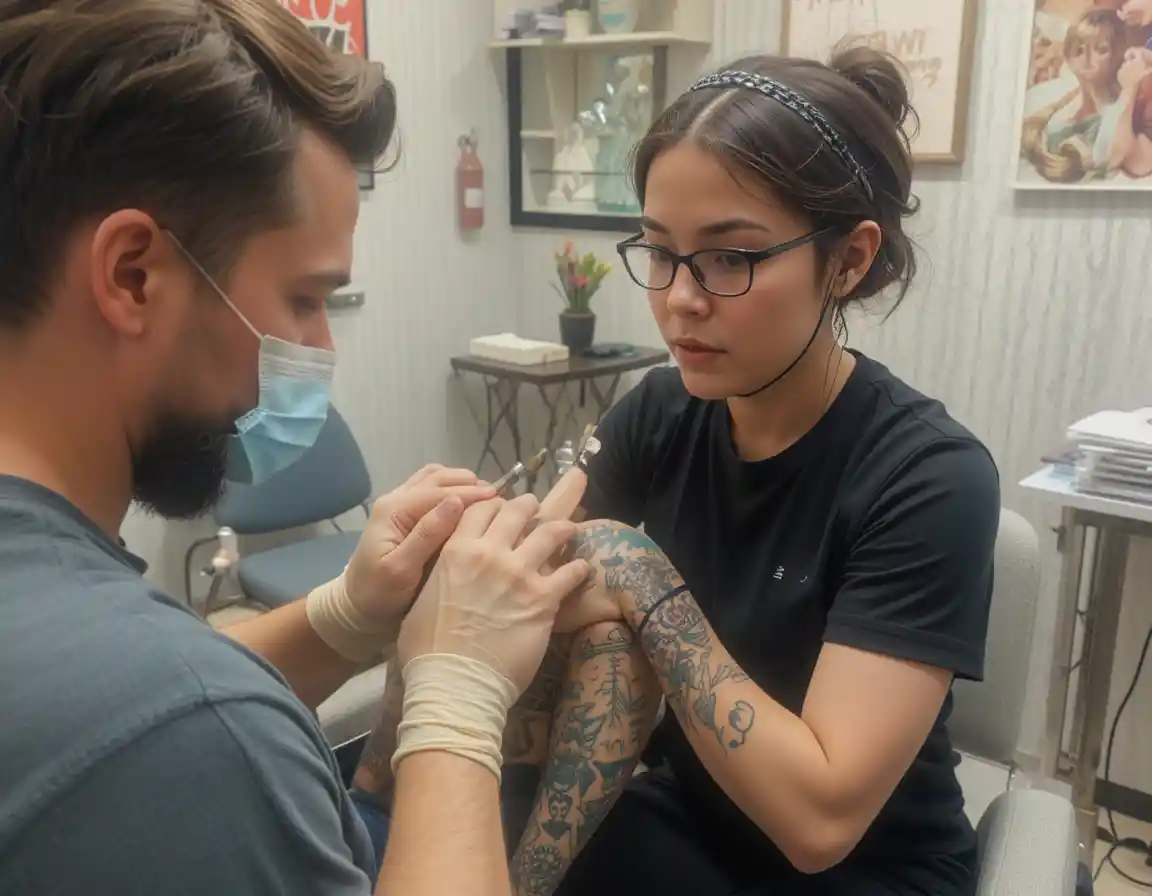
Tattoos are a great way to express your personality and style, whether a school emblem, a Celtic design, or a realistic portrait. If you get a tattoo for the first time, you don’t have to walk into a tattoo shop unprepared. To get your first tattoo, you need to choose the right design, find a reliable tattoo shop book an appointment, and prepare yourself to ensure a smooth experience. With proper planning, your first tattoo can be a memorable and safe experience!
Planning your First tattoo

- Choose your first tattoo design well in advance. Getting a tattoo is a personal decision, so take your time to find the right design. You can look for inspiration online, explore symbols that hold special meaning, or simply pick something you find beautiful. Think about your chosen design for a few months to be sure it’s something you’ll love forever.
If you’re unsure whether you’re ready, don’t rush. You can always get a tattoo later when you feel completely confident.
Worried about pain? Start with a small and simple design.
If you can’t find a design you like, you can even create your own and bring it to the tattoo artist
- If you’re scared of the pain, choose a body part that hurts less for your first tattoo. This way, you can see how much pain you can handle without feeling too uncomfortable. Later, if you want, you can get a tattoo on a more sensitive area.
The least painful places for a tattoo are your thighs, biceps, and calves because they have more flesh.
For your first tattoo, avoid sensitive areas like ribcage, armpits, inner knees, nipples, eyelids, or private parts.
But don’t let fear stop you! If you want a tattoo in a certain spot, go for it!
Choosing The Right Artist
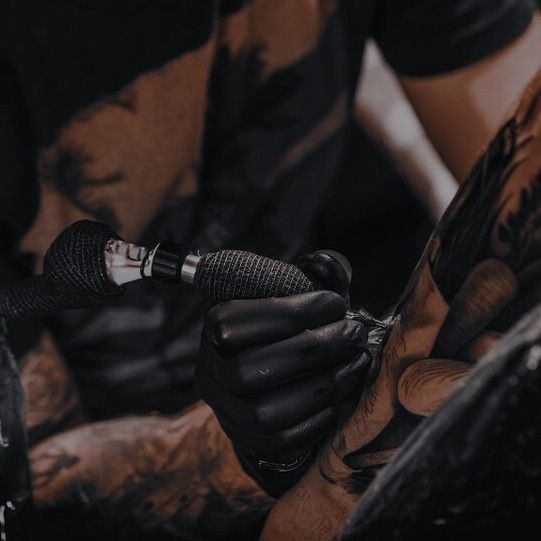
Choosing the right artist for your first tattoo is crucial since it’s a permanent decision. Here are some key factors to consider:
1. Check the Artist’s Portfolio
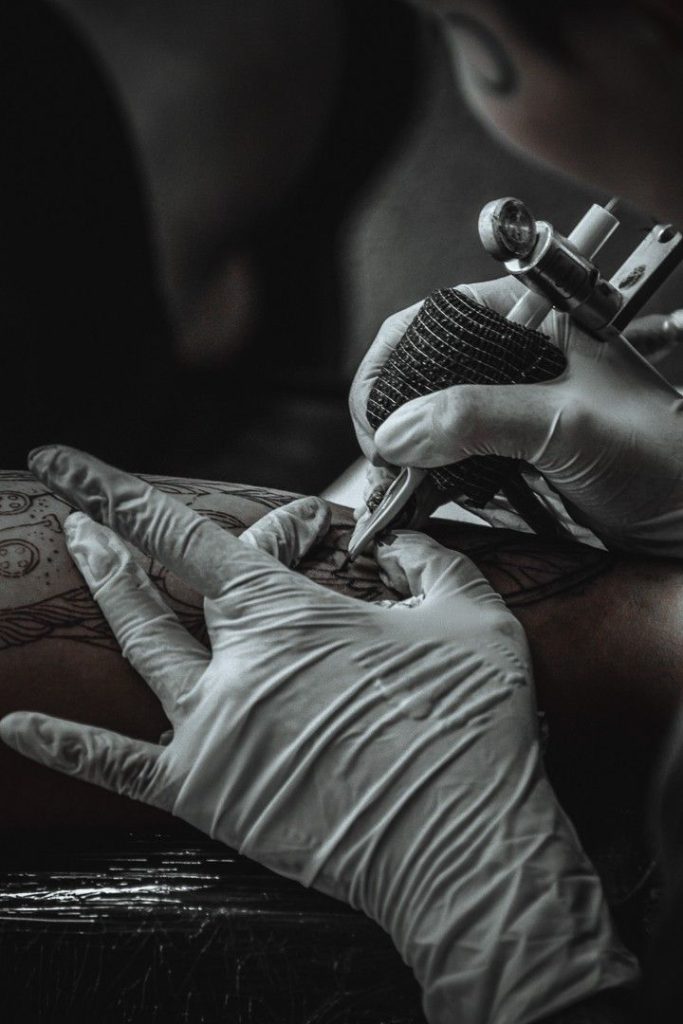
Looking at the artist’s previous work is essential. Focus on:
✅ Style: Every tattoo artist has a unique style. Does their work match the design you want?
✅ Line Work: The lines should be smooth and consistent. Avoid artists whose lines look shaky or uneven.
✅ Shading & Color Work: If you’re considering a color or black & grey tattoo, check if their shading is smooth and well-blended.
2. Hygiene and Cleanliness
A tattoo is similar to a medical procedure, so hygiene is extremely important:
✅ The artist should use new, sterilized needles.
✅ They should wear gloves, and a mask, and use disinfected equipment.
✅ The studio should be clean and well-maintained.
3. Artist’s Experience and Reputation
✅ How many years of experience do they have?
✅ Do they have good reviews online? Check Google, Instagram, or other platforms for customer feedback.
✅ Do you know someone who has gotten a tattoo from them? Personal recommendations help.
4. Schedule a Consultation
Before getting your tattoo, book a consultation to:
✅ Discuss your design in detail.
✅ Finalize the placement and size.
✅ Understand the pricing and time required.
5. Pricing and Budget
✅ A cheap tattoo isn’t always the best choice. Investing in quality is important.
✅ Be aware of any hidden charges.
✅ Understand the deposit and payment process.
Before getting a tattoo, visit the shop in person. Once you’ve found a shop with good reviews and a portfolio you like, go there to meet the artists and check out the place. This will help you see if the shop has a good atmosphere and if you feel comfortable getting your tattoo done there.
While you’re there, ask the tattoo artists any questions you have. If you like their work, you can also book an appointment with a specific artist.
Make sure to check the shop’s cleanliness. Ask about the training and certifications the artists have completed. Also, look up the local laws for tattoo licensing and procedures to ensure the shop follows all legal requirements.
Don’t hesitate to ask how they maintain hygiene. A good tattoo shop should use sterilized or disposable tools and have proper cleaning procedures, like using an autoclave to sterilize equipment.
After visiting different tattoo shops, choose the artist and shop that best matches your style, quality expectations, and safety standards. Once you’ve made your decision, schedule an appointment either over the phone or in person.
To avoid making a rushed decision, try to book your appointment at least a week or two in advance. This gives you time to rethink your choice and cancel if needed.
While some shops allow walk-ins, booking in advance usually leads to better results. It gives the artist enough time to create a detailed design and ensures you get the tattoo you want.
Go Over Your Design with the Tattoo Artist in Advance Tattoo artists need time to prepare stencils, inks, and tools for your tattoo. To ensure everything is ready, discuss your design with the artist at least 2-3 days before your appointment. You can do this in person, over the phone, or by email.
If you have any reference images or inspiration for your tattoo, send them to the artist or bring them with you. This helps them understand your vision and create the perfect design for you.
Preparing for Your Tattoo
Getting a tattoo is an exciting experience, but proper preparation is crucial to ensure a smooth and comfortable session. Whether it’s your first tattoo or you’re a seasoned ink enthusiast, taking the right steps beforehand will help improve your experience and the outcome. In this guide, we’ll go over essential tips to prepare for your tattoo appointment.
1. Eat Before You Go to Your Appointment
One of the most important things to do before getting a tattoo is to eat a well-balanced meal. Tattooing can take a toll on your body, and having a good meal ensures that your blood sugar remains stable throughout the session. Low blood sugar can lead to dizziness, nausea, or even fainting. Opt for a meal rich in protein and healthy fats to keep your energy levels up.
2. Stay Hydrated
Hydration plays a key role in keeping your skin in the best possible condition for tattooing. Drink plenty of water in the days leading up to your appointment to keep your skin hydrated and supple. Avoid excessive caffeine or alcohol, as they can dehydrate your body and thin your blood, which may cause excessive bleeding during the session.
3. Arrive Early for Your Appointment
It’s always a good idea to arrive at least 30 minutes early to your tattoo session. This gives you enough time to complete any necessary paperwork, discuss final details with your artist, and mentally prepare for the process. Arriving late can make you feel rushed and could even result in rescheduling your appointment.
4. Discuss Your Medical History with the Tattoo Artist
Before the tattooing begins, it’s crucial to inform your tattoo artist about any medical conditions or medications you are taking. If you have conditions like diabetes, hemophilia, or skin sensitivities, your artist needs to be aware to take the necessary precautions. Some medications, such as blood thinners, may affect the tattooing process, so always consult your doctor if you’re unsure.
5. Dress Comfortably
Wear comfortable, loose-fitting clothing that allows easy access to the area where you’ll be getting your tattoo. If your tattoo is in a location that requires you to remove layers, make sure to wear something that keeps you warm and relaxed throughout the session. Avoid tight or restrictive clothing that may rub against your fresh tattoo afterward.
6. Hold Still While the Tattoo Artist Shaves and Cleans Your Skin
Before your tattoo session begins, the artist will shave and clean the area to ensure a smooth surface for tattooing. It’s important to remain still during this process to avoid accidental nicks or irritation. A clean and properly prepped area helps the stencil adhere correctly and prevents infections.
7. Inspect the Stencil Placement
Once the stencil is applied, take a moment to inspect it carefully. Ensure that it is placed exactly where you want it and that the design is aligned properly. If anything looks off, don’t hesitate to speak up. A tattoo is a permanent commitment, so making sure you’re satisfied with the placement is crucial before the inking begins.
8. Avoid Alcohol and Blood Thinners
Alcohol and certain medications, such as aspirin, can thin your blood, leading to excessive bleeding during the tattoo session. This not only makes the process harder for the artist but can also affect the ink’s ability to settle properly in your skin. Avoid alcohol at least 24 hours before your appointment.
9. Bring Snacks and Entertainment
Tattoo sessions can last several hours, depending on the size and complexity of your design. Bring light snacks, such as granola bars or fruit, to keep your energy up. You can also bring headphones to listen to music, watch videos, or play games on your phone to keep yourself distracted during the session.
10. Get a Good Night’s Sleep
A well-rested body is better equipped to handle the stress and discomfort of tattooing. Lack of sleep can make you more sensitive to pain and can also lead to irritability. Ensure you get at least 7–8 hours of quality sleep the night before your appointment.
Getting and Caring for Your Tattoo
Tattoos are a beautiful form of self-expression, but getting one is a commitment that requires preparation, care, and responsibility. Whether it’s your first tattoo or you’re adding to your collection, it’s essential to follow the right steps before, during, and after your appointment. In this comprehensive guide, we’ll walk you through the entire process, ensuring that you have a smooth experience and a tattoo that heals perfectly.99
Managing Pain During the Tattoo Session
Getting a tattoo involves some level of discomfort, but there are ways to manage the pain effectively.
Practice Deep Breathing Techniques
Deep breathing can help you stay relaxed during the tattooing process. Try inhaling deeply through your nose, holding for a few seconds, and then exhaling slowly.
Use a Numbing Cream (If Necessary)
If you have a low pain tolerance, you can ask your tattoo artist about numbing creams. Some artists allow their use, while others prefer not to use them as they can affect the tattooing process.
Stay Distracted
Listening to music, watching a video, or chatting with a friend can help take your mind off the pain. Some people also bring stress balls to squeeze during their session.
3. Tattoo Etiquette: Do’s and Don’ts at the Studio
Tattoo studios have certain unspoken rules that ensure a smooth and respectful experience for both the client and the artist.
Tell the Tattoo Artist Before Moving
Sudden movements can cause mistakes, so always inform your artist if you need to shift positions or take a break.
Be Respectful and Follow the Studio Rules
Tattoo artists take their craft seriously. Avoid bringing a large group of friends, being overly chatty, or critiquing their work mid-session.
Tip Your Tattoo Artist
Tipping is customary in the tattoo industry and shows appreciation for the artist’s effort. A tip of 15–20% is generally considered appropriate.
4. Tattoo Aftercare: How to Ensure Proper Healing
Once your tattoo is done, proper aftercare is essential to prevent infections and ensure vibrant, long-lasting results.
Follow Your Tattoo Artist’s Aftercare Instructions
Your artist will provide you with specific aftercare instructions. These typically include how long to keep the bandage on, when to wash the tattoo, and which ointments to apply.
Keep Your Tattoo Clean
Gently wash your tattoo with lukewarm water and mild, fragrance-free soap. Pat it dry with a clean towel or let it air dry.
Moisturize Regularly
Apply a thin layer of fragrance-free tattoo aftercare lotion to keep the area hydrated and prevent excessive scabbing.
Avoid Sun Exposure and Swimming
Direct sunlight can fade your tattoo, while swimming pools and oceans can introduce bacteria, leading to infections. Avoid both for at least two weeks.
Do Not Pick or Scratch Your Tattoo
As your tattoo heals, it may start to scab and itch. Avoid picking at the scabs or scratching the area, as this can cause ink loss and patchy healing.
5. Long-Term Tattoo Care
Even after the initial healing period, tattoos require ongoing care to maintain their vibrancy.
Use Sunscreen
UV rays can fade tattoos over time. Apply a high-SPF sunscreen whenever your tattoo is exposed to sunlight.
Schedule Touch-Ups if Needed
Over time, tattoos may fade or lose detail. If your tattoo starts looking dull, consider getting a touch-up from your original artist.

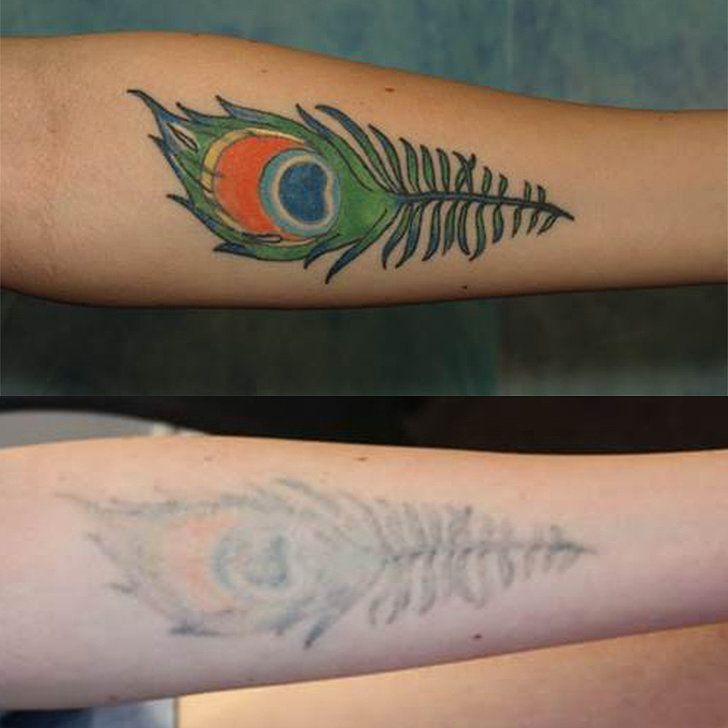
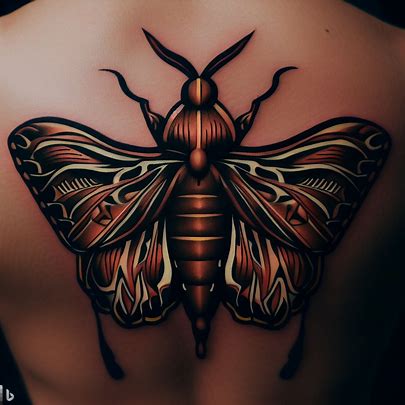
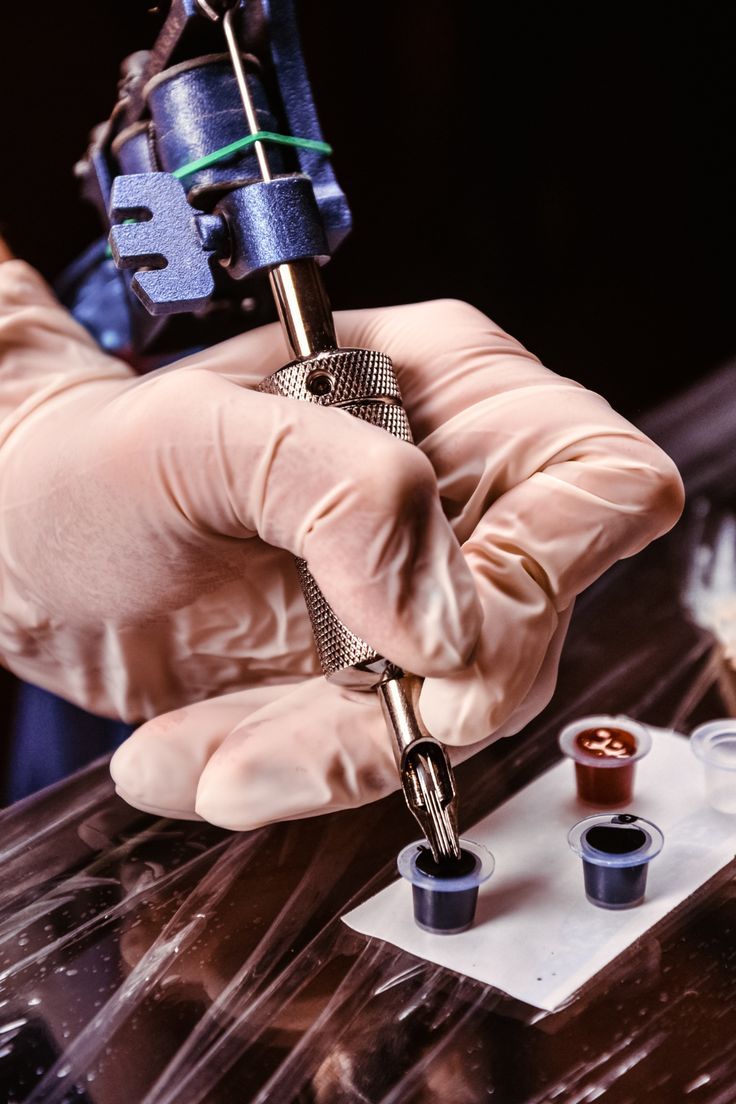

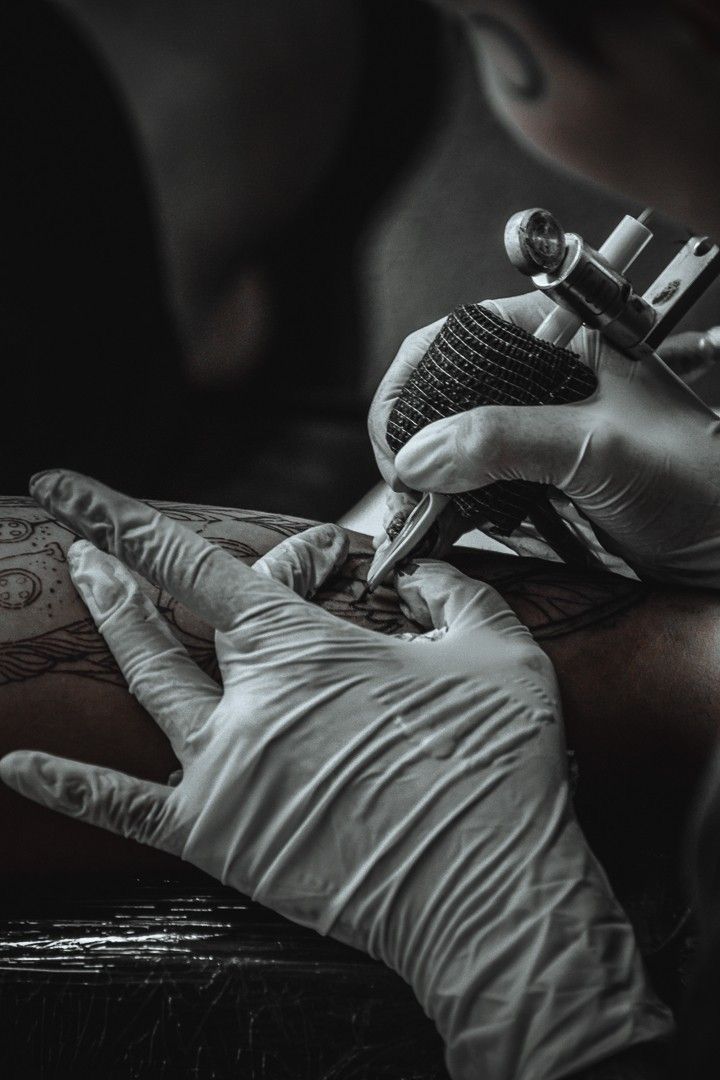
One Comment